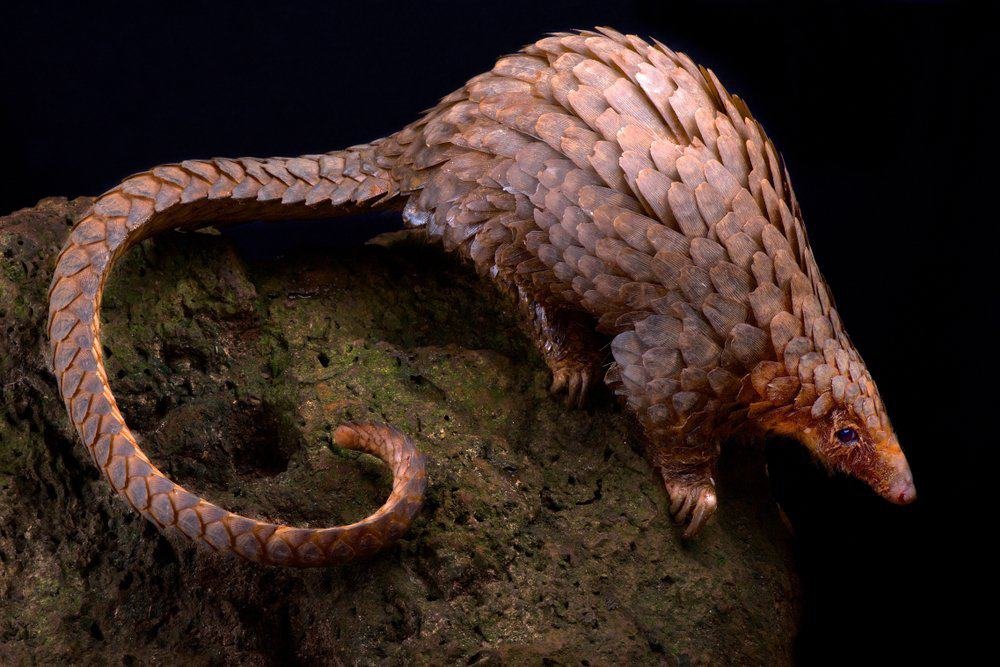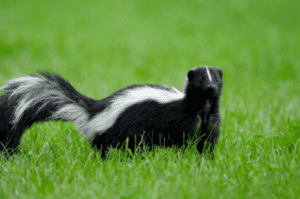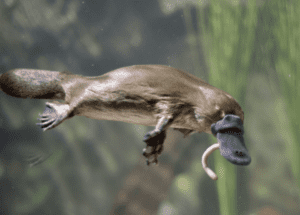Have you ever wondered What Animals Have Scales? Animals come in a variety of shapes, sizes, and coverings. From fur to feathers, each type of animal covering serves a unique purpose and provides insight into the species’ characteristics and adaptations. In this article, we will dive deep into the world of scaled animals.
So, What Animals Have Scales? Understanding different types of animal coverings is not only interesting but also crucial for conservation efforts and understanding the natural world around us. So, let’s explore which animals have scales and why.
Table of Contents
Mammals with Scales
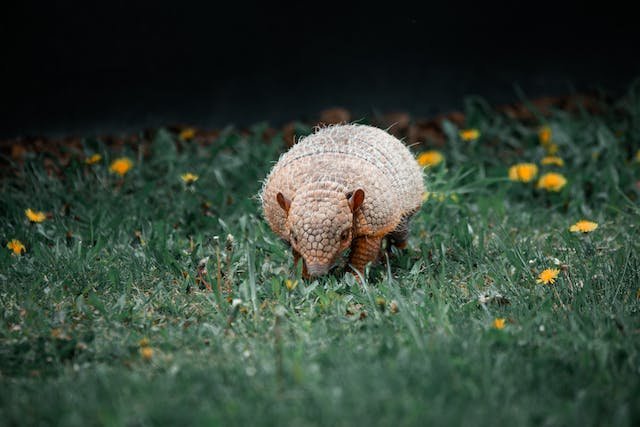
When we think of mammals, we usually picture soft fur or thick hair covering their bodies. However, some mammals have evolved to have scales as a form of protection.
The most well-known mammal with scales is the pangolin. They are often called “scaly anteaters” because of their appearance. Pangolins have large, overlapping scales made of keratin that act as armor against predators.
Another mammal with scales is the armadillo. While they may not look scaly at first glance, armadillos have a tough skin with small, bony plates underneath. These plates protect them from predators and also help with temperature regulation.
Reptiles with Scales
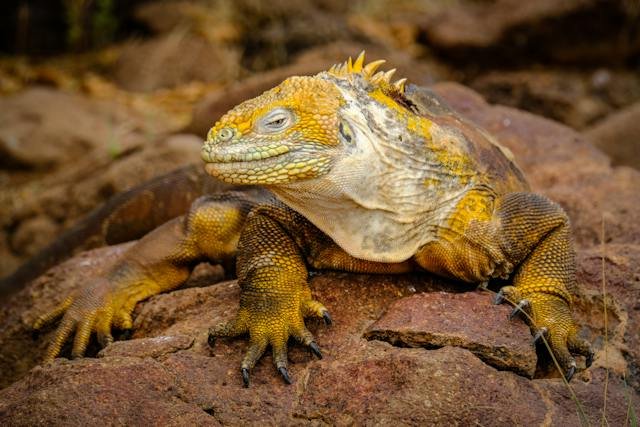
When we think of animals with scales, reptiles are most likely the first group that comes to mind. These cold-blooded creatures are covered in scales, which provide a barrier against the environment and help regulate their body temperature.
Snakes are one of the most well-known examples of reptiles with scales. Their scales are smooth and overlapping, providing them with flexibility and protection. Lizards also have scales, but their texture can vary from smooth to rough depending on the species.
Turtles have a unique type of scale called scutes. These large, bony plates cover their shells and offer protection against predators. The thickness and arrangement of scutes can even indicate the species of turtle.
Fish with Scales
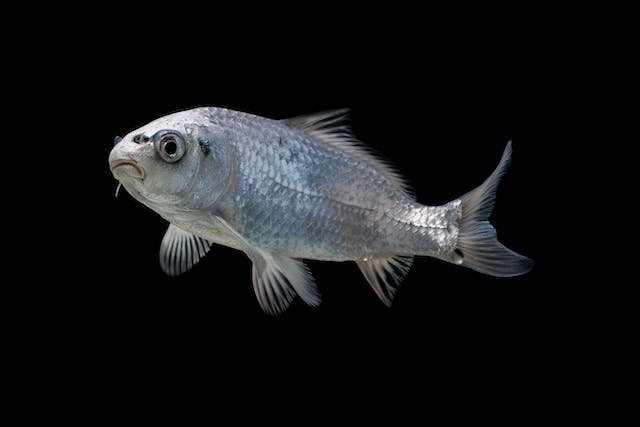
Fish are another group of animals that have scales covering their bodies. These scales serve the same purpose as other animals, providing protection and regulating body temperature.
Salmon and trout are examples of fish with scales. Their scales are thin, overlapping, and transparent, making them almost invisible in water. However, these scales also provide hydrodynamics, allowing fish to move swiftly through the water.
On the other hand, piranhas have scales that are much larger and thicker. These scales not only act as protection but also help them glide through the water with ease.
Amphibians with Scales

While most amphibians have smooth, moist skin, there is one group of amphibians that stand out for having scales. Caecilians, also known as legless amphibians, have small, overlapping scales covering their bodies.
These scales provide protection against predators and help with movement through the soil. They also secrete a mucus that keeps them moist and allows them to absorb oxygen through their skin.
Insects with Scales

Insects are typically associated with wings or exoskeletons, but some species have scales covering their bodies or wings. These scales come in various shapes and colors and serve different purposes for each insect.
Butterflies and moths are examples of insects with scaled wings. The scales on their wings can be vibrant and colorful, serving as camouflage or attracting mates. They also help with flight by providing stability and reducing friction.
Insects like beetles and ants have scaled bodies, which can act as protection against predators. These scales also help with insulation, keeping them warm in cooler climates.
Conclusion
From mammals to insects, there is a wide range of animals that have scales covering their bodies. While the texture, size, and purpose of these scales may vary, they all play an essential
Read Also: How Do Hummingbirds Help Flowers?
Write some faqs related to this blog post
FAQs
Why do some mammals have scales?
A: Some mammals, like pangolins and armadillos, have evolved to have scales for protection against predators.
Do all reptiles have scales?
A: Yes, reptiles are known for their scaly skin, which serves multiple purposes such as protection and temperature regulation.
Are fish scales similar to mammal scales?
A: No, fish scales are different in composition and texture compared to mammal scales, but they serve a similar purpose of protection and hydrodynamics.
Which amphibians have scales?
A: Caecilians, also known as legless amphibians, have small, overlapping scales covering their bodies.
- Q: How do scales help insects?
A: Scales on insect wings provide stability and reduce friction during flight, while scaled bodies can act as insulation and protection against predators. Overall, scales are an essential adaptation that helps animals survive in their respective environments.

